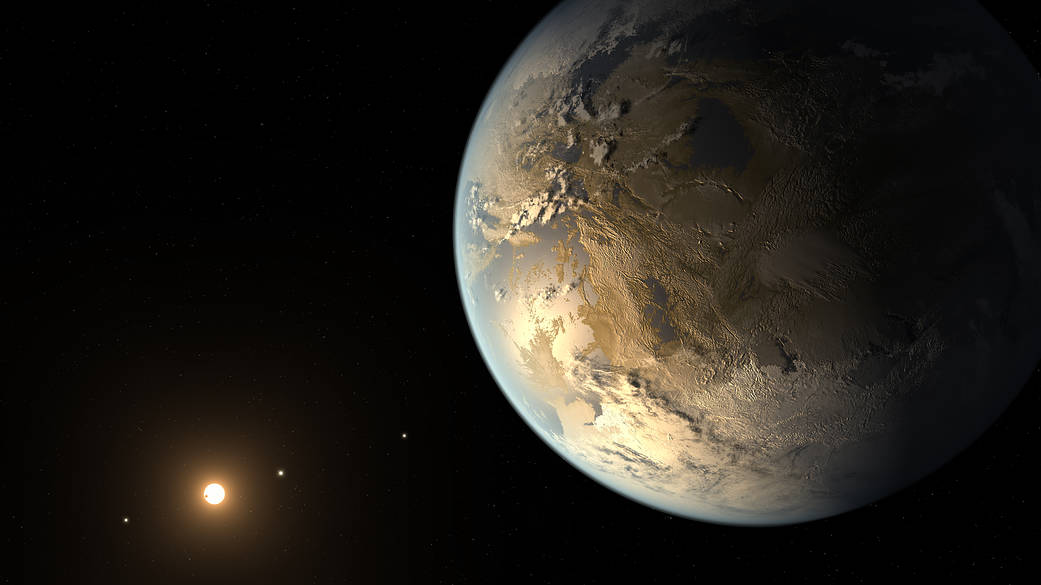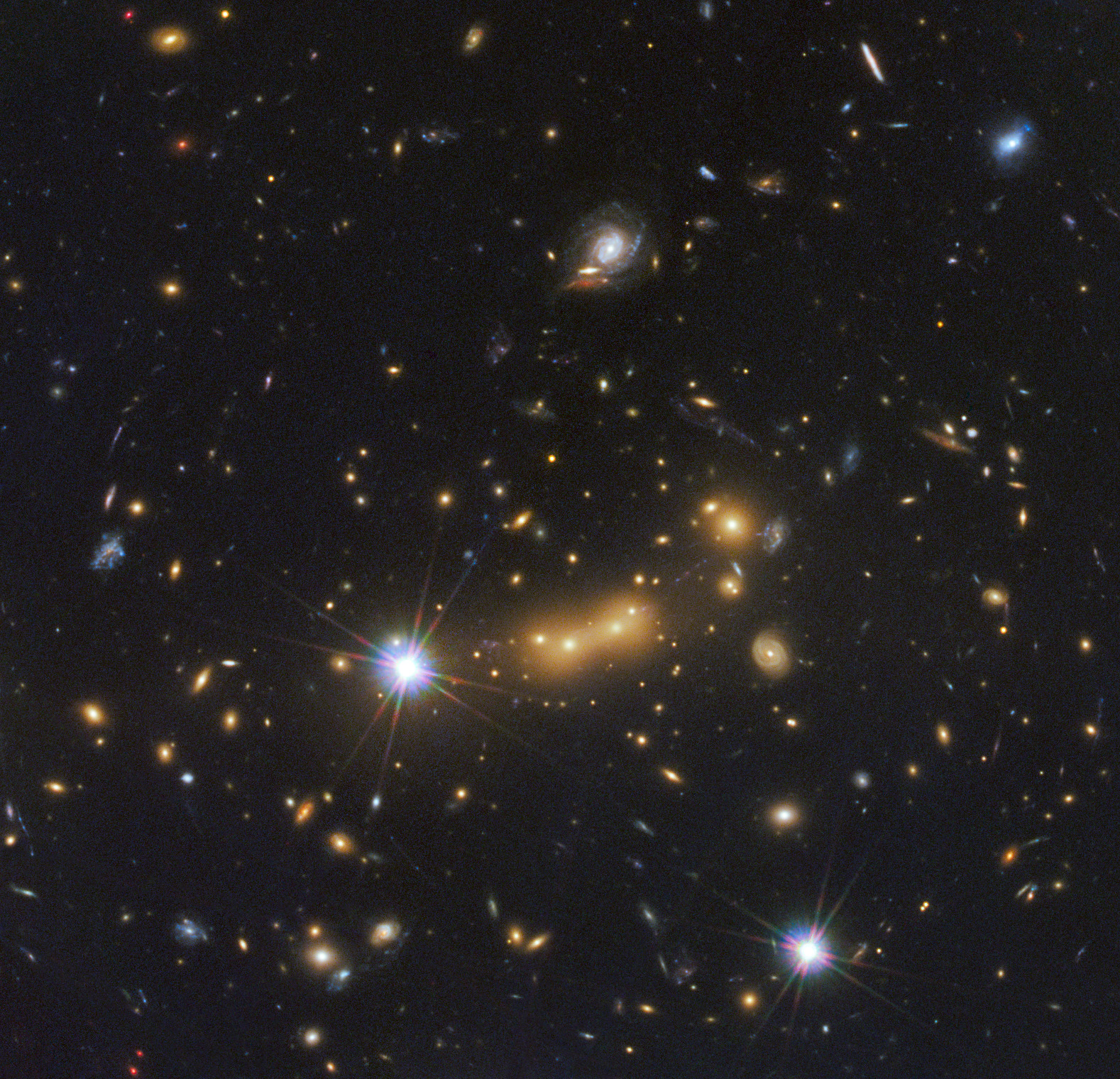By Thomas Zurbuchen, Associate Administrator, NASA Science Mission Directorate
As a child, my favorite stories told of explorers and seafarers — humans driven by hope, facing insurmountable odds for the benefit of humanity. They all faced complex challenges, even human tolls, and their journeys often went very differently than these pioneers had planned. Their stories still captivate me today. The James Webb Space Telescope has the same elements as these stories: Purposeful exploration, elation and desperation, failure and victory. Slated to launch in 2021, it represents more than just an unprecedented piece of technology that has taken many years to develop. Once in space, Webb will be our seafarer on the grandest of adventures, through space and time. The leap in exploration is so big that it represents civilization-scale science – science that not only changes what we know, but also how we think about the night sky and our place in the cosmos.

If successful, Webb will look back 13.5 billion years and reveal clues to the intricate celestial dance that led to the first stars and galaxies. While we have some ideas about how various pieces came together leading to our cosmic origins, Webb will transform our understanding of the universe and replace our theories with real, tangible data. It will also reveal the atmospheres of planets around other stars, allowing us to compare these alien worlds with our own and explore whether these far-flung destinations could truly be habitable.
The telescope’s journey started when it was formally discussed as a concept in 1989 – barely more than a glimmer in scientists’ eyes. Since then, some of the greatest minds of our time around the world have collaborated on this project. There was no map to follow on this exceptional journey, but the hope of learning about our history and place in the universe united three space agencies. Today, experts from over 14 countries and 120 different universities and research organizations are on a quest to make sure every inch of Webb is ready for the most complex deployment of any spacecraft in the unforgiving environment of space.
By many measures, Webb is the most complex and challenging science mission of modern times. The mission depends on more than 10 entirely new technologies, including unprecedented infrared detectors and a novel tennis-court-size sunshield, comprised of five layers. What’s more, the spacecraft has more than 300 single points of failure, each of which could end the mission prematurely or severely degrade its performance. By comparison, NASA’s Curiosity rover, which landed on Mars in 2012, had less than one-third the number of single points of failure and cost less than half as much. It takes a lot of courage to accept the possibility of failure when the stakes are this high. That’s why we develop robust designs, are very focused during development and perform rigorous tests at all levels of assembly to ensure that we have a highly reliable science observatory.
We are already reaping rewards through Webb’s technologies today. While measuring the shape of Webb’s mirrors in the manufacturing process, engineers developed improvements that are being applied to the field of ophthalmology. Eye doctors once had to wait hours to get detailed information about the shape of a patient’s eye. Now, thanks to Webb’s innovative team, it takes a matter of seconds. These innovations have led to better diagnosis of eye diseases and potentials for improved surgery.

Moreover, early versions of Webb’s near-infrared detectors, essential to seeing back billions of years in the universe’s past, have already been used in four other NASA missions and many telescopes on Earth. Science is already moving forward thanks to the building of Webb – and it hasn’t even gotten off the ground.
Just like the explorers and seafarers of my childhood, space explorers working on Webb are a breed apart – a different kind of human envisioning a world at the very edge of what is possible. Webb, like so many adventures grounded in hope, has been challenging, and we have learned many important lessons along the way. As one of my favorite explorers Ernest Shackleton once said, “Difficulties are just things to overcome, after all.”
I have no doubt that Webb’s journey – ambitious, risky, and nerve-racking as it may be – will be worth it. As we come closer to Webb’s ride to space, where this telescope leaves our terrestrial shores and wades into the cosmic ocean, we will begin again the very exploration that drove the work of tens of thousands, and will affect the lives of billions.
Our story is just beginning.
Originally published in the Spring 2019 issue of The Explorers Journal.

























